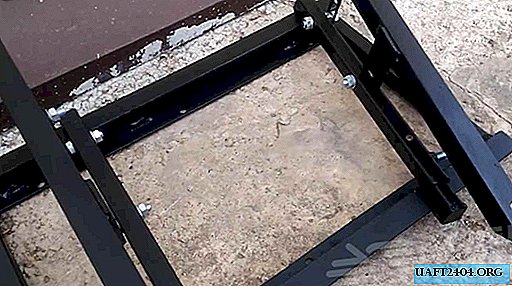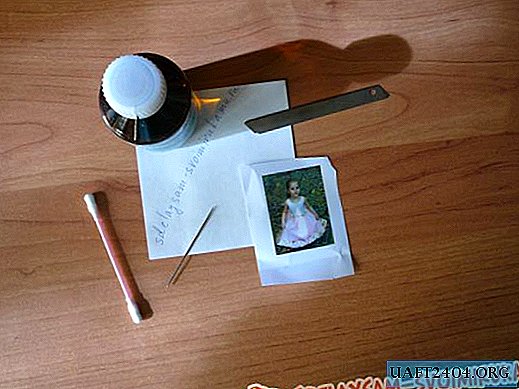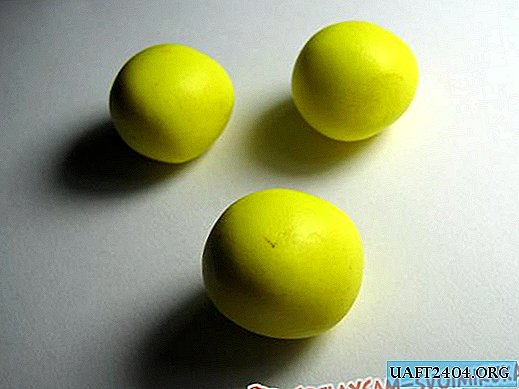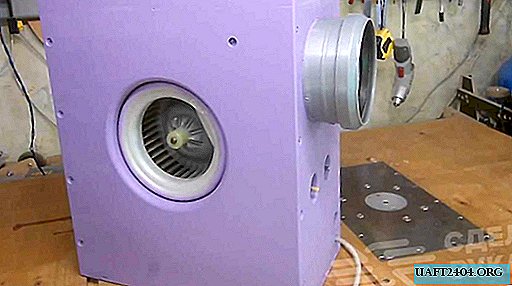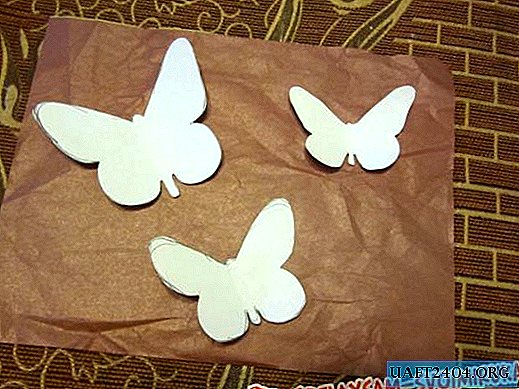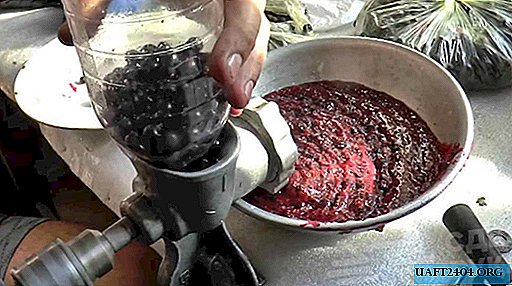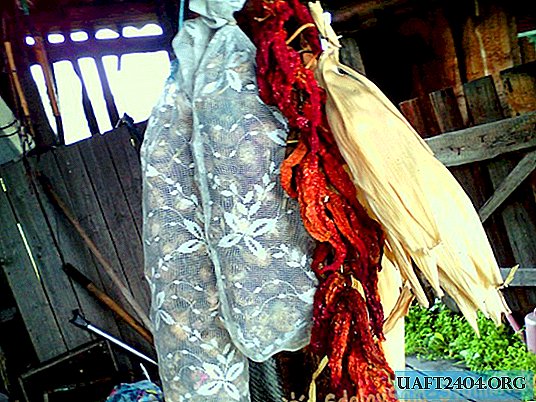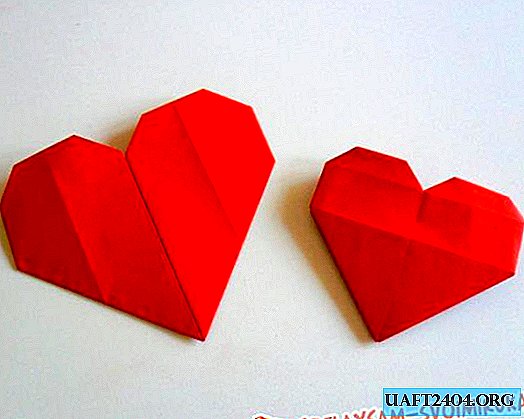Share
Pin
Tweet
Send
Share
Send
To make it you will need:
• A small piece of extruded polystyrene foam (in common people - solid insulation) or a piece of polystyrene, but working with it is somewhat more difficult.
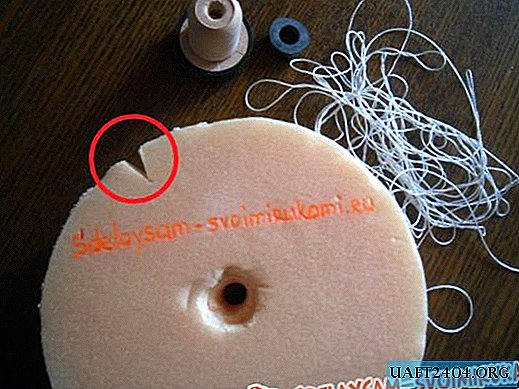

• A mast made of a plastic tube (plastic hollow rods for fastening balloons are sold in children's stores - this rod was used in this example)
• Gasket for mixer
• Heavy bottle cap





• Cross for tile laying



• Kapron thread
The principle of operation of the circle is as follows: Acting as a coiled float coil, it drifts throughout the pond and at a specified depth below it is a bait. The fish sits on a hook, the circle flips over and signals the fisherman that it is time to collect the catch.
So, let's start the manufacturing process:
• The main material is foam. Its thickness can vary from two to five centimeters. The larger the fish that you hunt, the more you need a circle. The example shows penoplex with a thickness of three centimeters and a diameter of 12 centimeters.
With a clerical knife, you first need to cut a circle. The diameter does not need to be calculated by any specific formula - we take a small saucer and outline its outline, then cut it out. There is a basis. This is exactly the "circle".
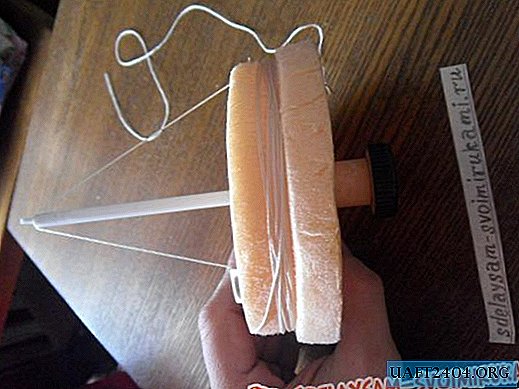


• Next, you need to give it the shape of a mushroom with a very thick leg. That is, cut one of the edges of the circle and make a small groove for winding the thread (an example is a reel for fishing line)
• In the center, you need to make a small hole to install the mast - the tube, which must be fixed on one side with a gasket for the mixer, and on the other hand, fix the massive heavy plug, which will act as a balancer.

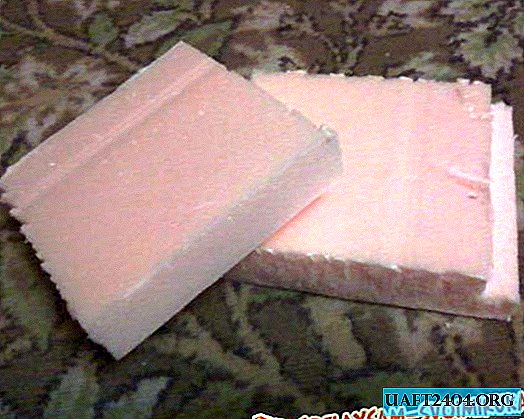

• The next step is serifing on the circle to fix the thread, but it should not be too deep - with a light load, it should freely come out of the serif.


• The next step is to wrap the thread in a circle.
• Next - fix the cross for laying the tiles inside the plastic tube in the form of a slingshot.


• Install the mast in the center of the circle, fix the thread in serif and throw it on the slingshot of the mast.



• That's it, our circle is ready. To see the bite from afar, one side can be painted red. For example, a plastic casing is put on a cork - it will help you notice which side the circle is turned in in large water.



Share
Pin
Tweet
Send
Share
Send

